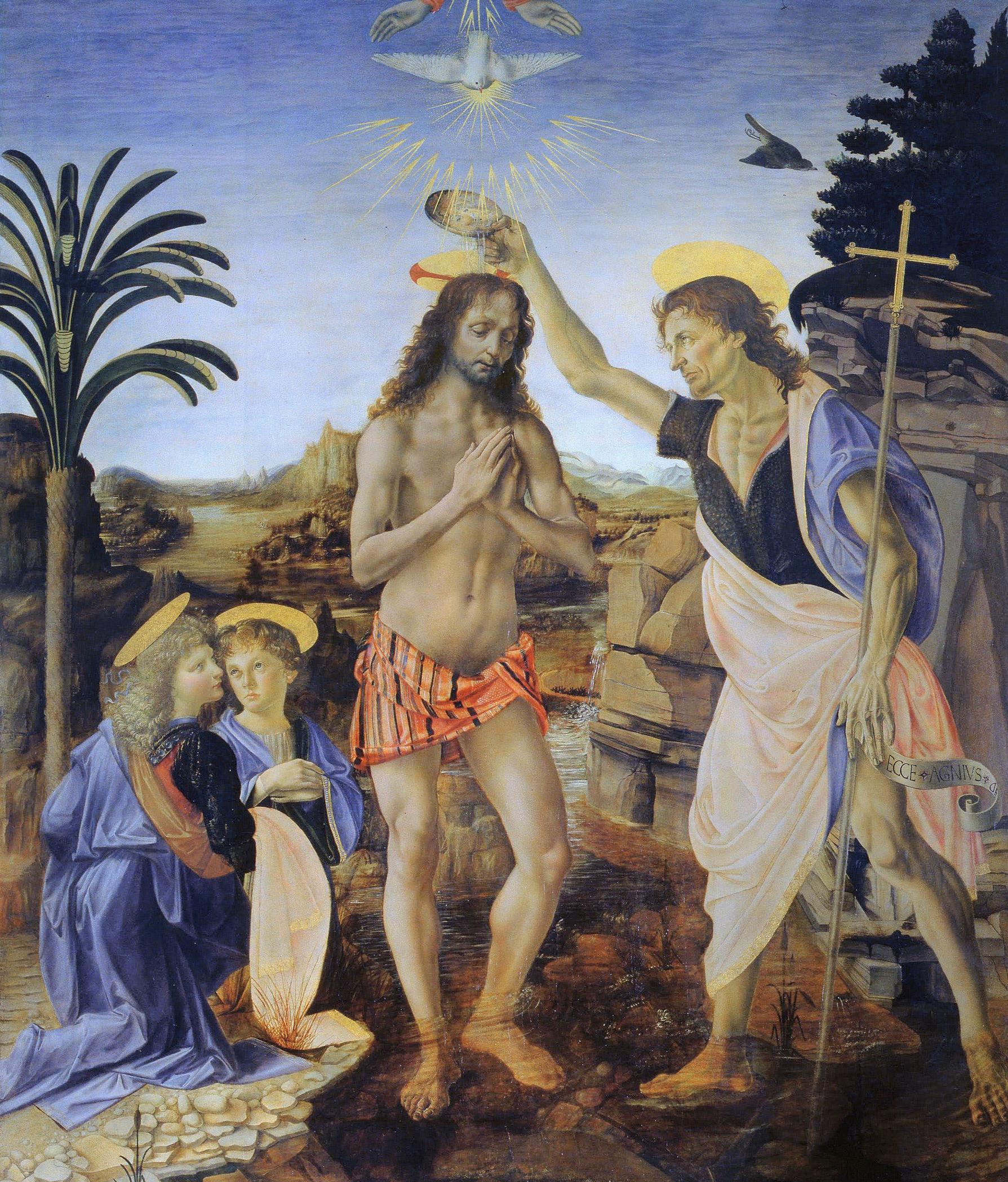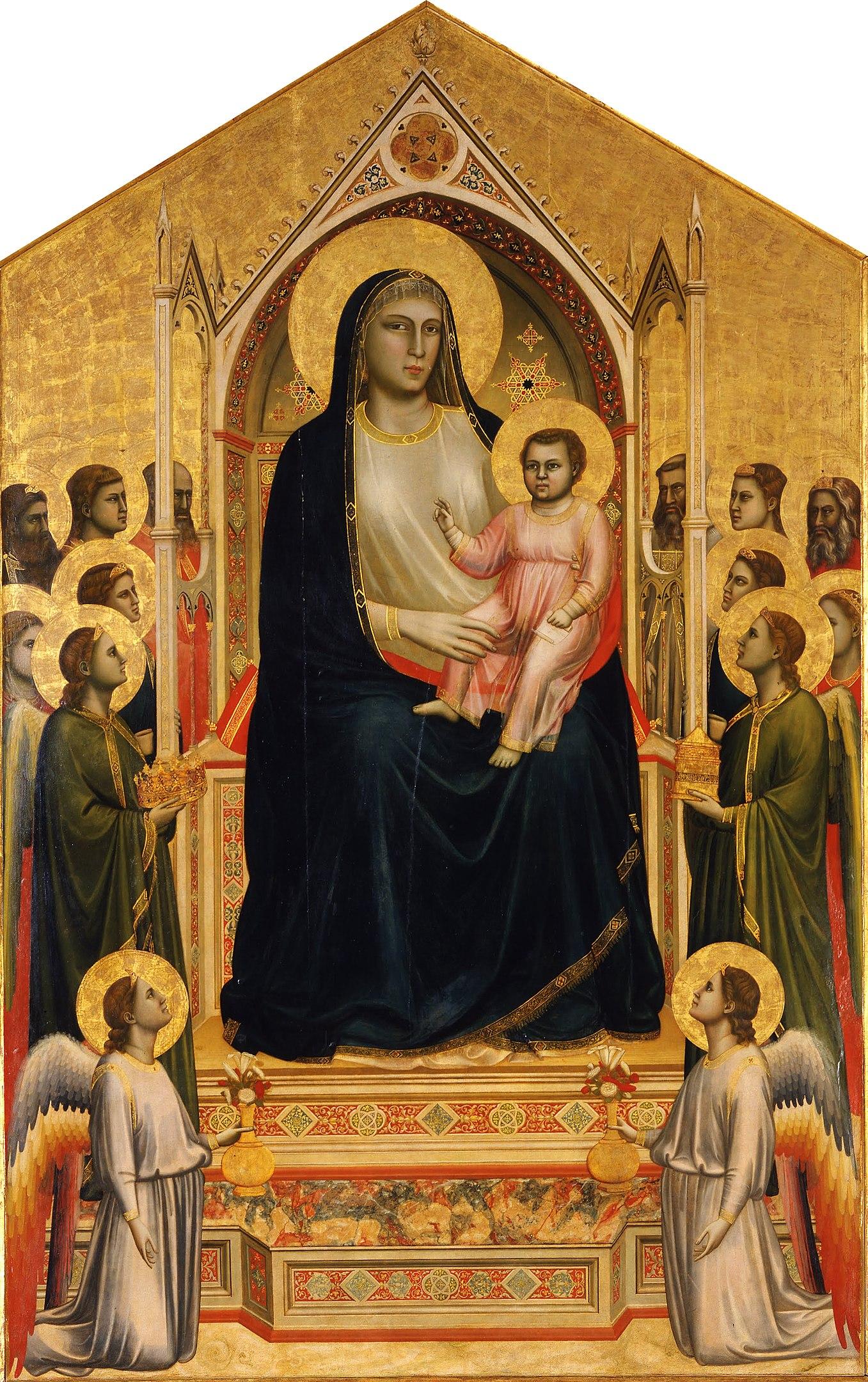Schmidt has suggested that returning religious works of art to their original settings could teach us valuable lessons. We gather works of art in great institutions to protect them for future generations, and also to learn from them by comparing and contrasting them to other great works of art from different cultures and time periods. Art historians and cultural curators insist on the value of these comparisons as providing important context for understanding art’s relationship to human history.
Echoing the sentiments of many non-western cultures who have called for the repatriation of their cultural heritage, Schmidt said in an interview with The Art Newspaper that, “devotional art was not born as a work of art but for a religious purpose, usually in a religious setting.” He went on to say that “if we did not believe that context was important, the Italian state would not have the legal concept of the art or architectural fixture [vincolo pertinenziale], or practice contextual archaeology instead of an Indiana Jones-type scrabble for mere masterpieces”.
Many of the religious works of art in Italian state-owned storage were gathered to keep them protected during World War II. As the president of the Fondo edifici di culto (FEC), the religious buildings fund, which owns and maintains nearly 900 of Italy’s Catholic churches and religious buildings, Schmidt is in a unique position to make this a reality. As the artworks and buildings are both already owned by the state, the logistics of moving the works could be fairly simple.






























